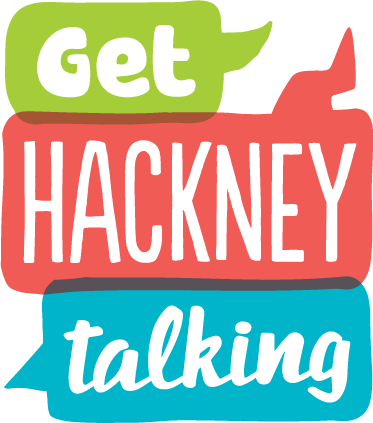It was International Stammering Awareness Day on Saturday – 22nd October!
Last year I wrote about my experience of being both a Speech and Language Therapist and a parent of a child who stammers. You can still read that blog post here.
This year I thought I’d share how things are going!
My son is nearly 5 now. He’s started in Reception, he has strong emotions, loves trains and sometimes stammers when he talks.
Lots of children start to stammer when they are developing their language skills, about 5% of the population. 4 out of 5 children who start to stammer will stop stammering naturally. About 1 out of 5 might need some support and may continue to stammer in their later childhood and adulthood. However, this doesn’t have to be a problem. You can be an excellent and confident communicator and have a stammer. If a child or parent is feeling worried about stammering, getting some support can be really helpful.
I’ve noticed my little boy stammering a bit more since he started Reception – a big change and lots of cognitive skills are developing! He’s learning to read and is absorbing so much from the lovely activities and playtimes at school.

We know that people who stammer tend to pass neural (brain) messages to do with planning and articulating speech a bit less efficiently, and that children often stammer more when they are speaking about more complex ideas – so it’s not surprising that we might see more stammering at times of transition to a new year or key stage.

Slowing down your own rate of speech a little bit can help a child who stammers feel less rushed. However, making a change to the way we naturally communicate is quite a hard thing to do, and it would be an unachievable goal to try to reduce our rate of speech all the time! It can be helpful to think about it for 5 minutes a day (or 3-5 times a week) when you are playing or talking together with your child. In Speech and Language Therapy we usually call this Special Time (or 5-minute time, for older children).

My little boy loves Special Time! But I’ll be honest, we have found it difficult to do it consistently every week! Even so, I have noticed the impact on his confidence and with taking a bit more time to talk.
His teachers have also been really helpful in thinking about ways they can reduce time pressures in class which is great 😊
More than anything, I want him to know that we (his family and teachers) know that he has loads of wonderful ideas, that we want to hear them, and we have time to listen.

If you are a parent of a child who stammers and would like to talk to us about supporting confident and struggle-free talking, or if you or your child are feeling worried about stammering, please do get in touch with us.
You can make a referral through your child’s school SENCo, your GP or by calling us on 020 7683 4262




